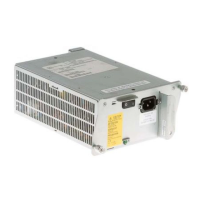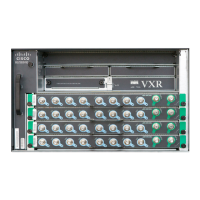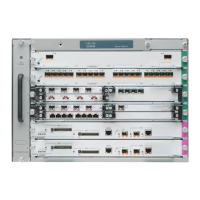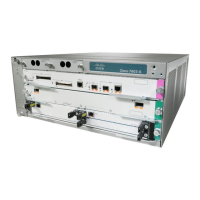Send document comments to nexus7k-docfeedback@cisco.com
6-2
Cisco Nexus 7000 Series NX-OS Interfaces Configuration Guide, Release 5.x
OL-23435-03
Chapter 6 Configuring Port Channels
Information About Port Channels
You cannot configure a shared interface to be part of a port channel. See the Cisco NX-OS FCoE
Configuration Guide for Cisco Nexus 7000 and Cisco MDS 9500 for more information on shared
interfaces.
You can create a Layer 2 port channel by bundling compatible Layer 2 interfaces, or you can create
Layer 3 port channels by bundling compatible Layer 3 interfaces. After you create a Layer 3 port
channel, you can add an IP address to the port-channel interface and create subinterfaces on the Layer 3
port channel. You cannot combine Layer 2 and Layer 3 interfaces in the same port channel.
Beginning in Cisco NX-OS Release 4.2, you can apply port security to port channels. See the Cisco
Nexus 7000 Series NX-OS Security Configuration Guide, Release 5.x, for information on port security.
All ports in the port channel must be in the same virtual device context (VDC); you cannot configure
port channels across VDCs.
You can also change the port channel from Layer 3 to Layer 2. See Chapter 3, “Configuring Layer 2
Interfaces,” for information on creating Layer 2 interfaces.
Any configuration changes that you apply to the port channel are applied to each member interface of
that port channel. For example, if you configure Spanning Tree Protocol (STP) parameters on the port
channel, the Cisco NX-OS software applies those parameters to each interface in the port channel.
Note After a Layer 2 port becomes part of a port channel, all switchport configurations must be done on the
port channel; you can no longer apply switchport configurations to individual port-channel members.
You cannot apply Layer 3 configurations to an individual port-channel member either; you must apply
the configuration to the entire port channel.
You can create subinterfaces on a Layer 3 port channel, even though a subinterface is part of the logical
port-channel interface. See the “Subinterfaces” section on page 4-2 for more information on
port-channel subinterfaces.
You can use static port channels, with no associated aggregation protocol, for a simplified configuration.
For more flexibility, you can use the Link Aggregation Control Protocol (LACP), which is defined in
IEEE 802.3ad. When you use LACP, the link passes protocol packets. You cannot configure LACP on
shared interfaces.
See the “LACP Overview” section on page 6-8 for information on LACP.
This section includes the following topics:
• Port Channels, page 6-3
• Port-Channel Interfaces, page 6-3
• Basic Settings, page 6-4
• Compatibility Requirements, page 6-5
• Load Balancing Using Port Channels, page 6-6
• LACP, page 6-8
• Virtualization Support, page 6-13
• High Availability, page 6-13
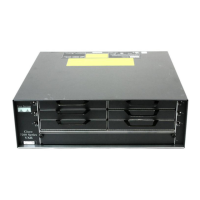
